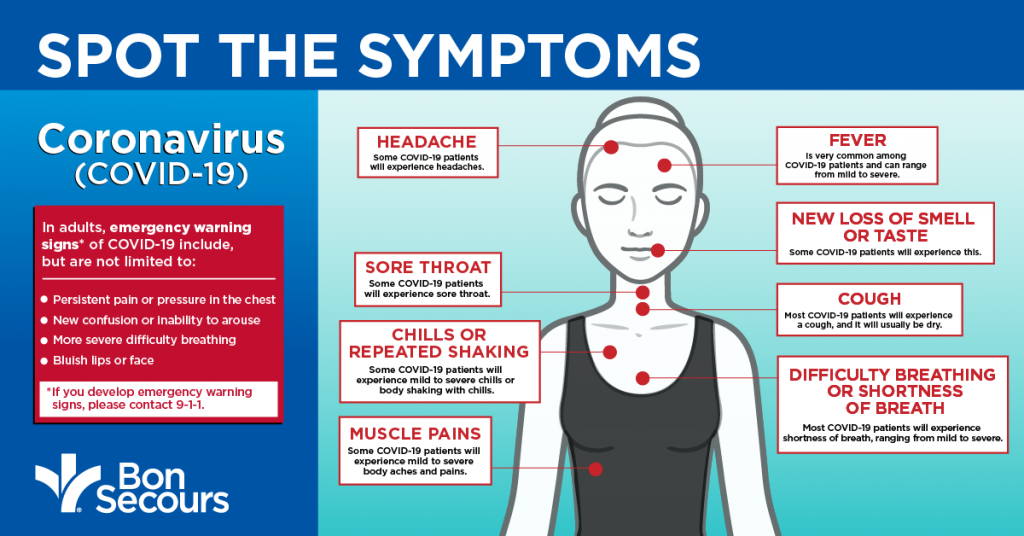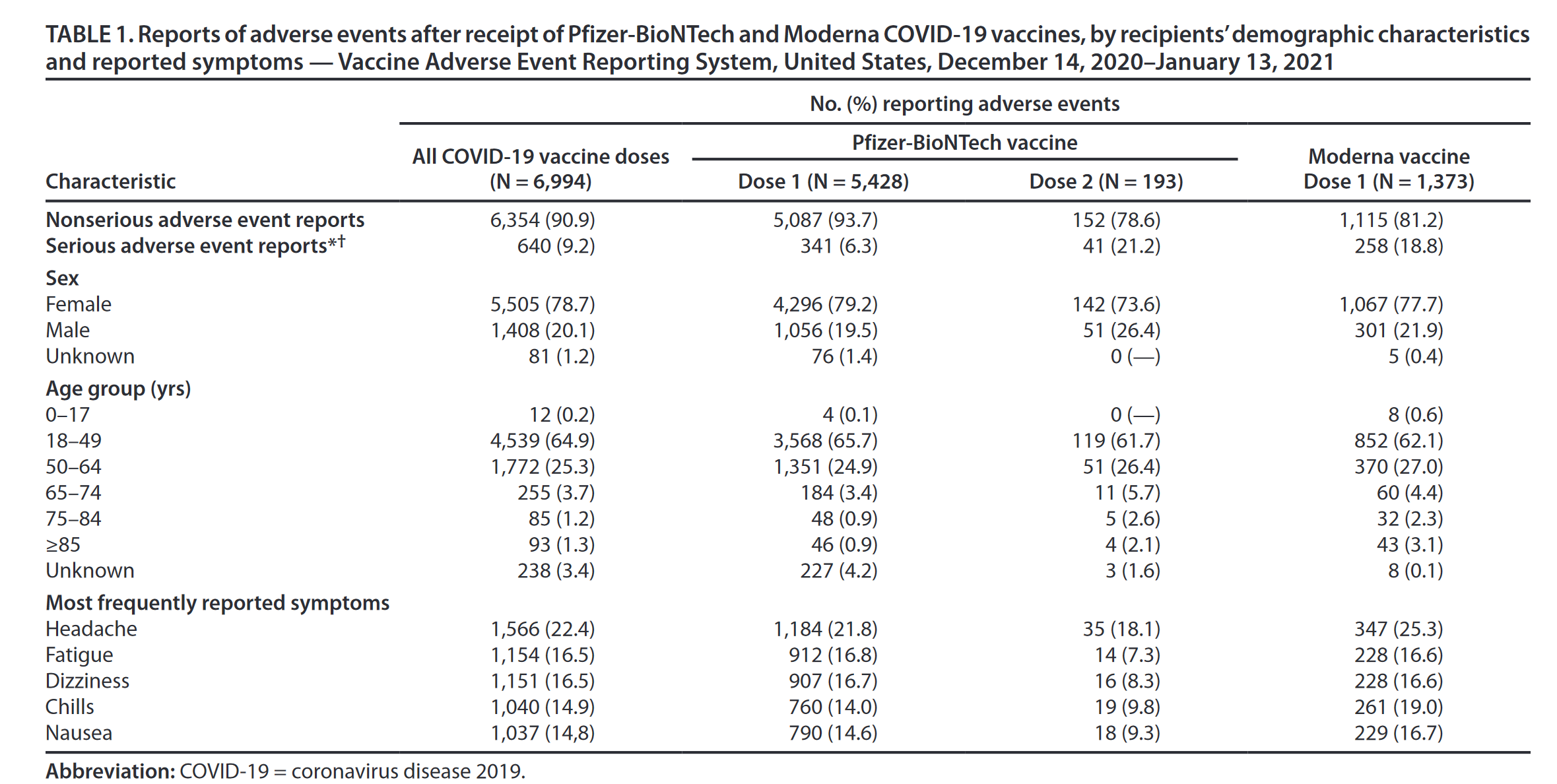

4 However, postural orthostatic tachycardia syndrome is likely not the sole explanation for elevated heart rate several other conditions may explain tachycardia in post-acute COVID-19 syndrome, for example, inappropriate sinus tachycardia, deconditioning, hypoxia, anxiety, sinus node dysfunction, myocarditis/heart failure, and persistent fever. 3 We have recently reported that a sub-group of patients with post-acute COVID-19 syndrome develop postural orthostatic tachycardia syndrome, a cardiovascular dysautonomia associated with sinus tachycardia and intolerance following orthostatic challenge.

Patients with post-acute COVID-19 syndrome have a wide range of symptoms including fatigue, chest pain, reduced exercise tolerance, cognitive impairment, dyspnea, fever, headache, and loss of smell and taste, but rapid heartbeats and palpitations are typical and frequent complaints. 2 The clinical characteristics, pathophysiology, and appropriate management strategies for post-acute COVID-19 syndrome remain largely unknown. This is now considered to constitute a novel clinical long-term condition: post-acute COVID-19 syndrome.

However, there is growing evidence that COVID-19 may cause persistent symptoms and organ damage that stretch beyond the 3-month period after the infection, usually regarded as the normal convalescence phase. So far, COVID-19 research mostly focused on epidemiology, risk factors for disease severity, description of the clinical course, and identification of optimal management strategies in hospitalized COVID-19 patients. 1 Due to its novelty and lack of historical data, several aspects of COVID-19 remain unclear. The novel severe acute respiratory syndrome coronavirus 2 (SARS-CoV-2) virus has triggered a pandemic of coronavirus disease 2019 (COVID-19) lasting for more than 1 year, with over 130,000,000 reported cases globally as of April 2021.


 0 kommentar(er)
0 kommentar(er)
